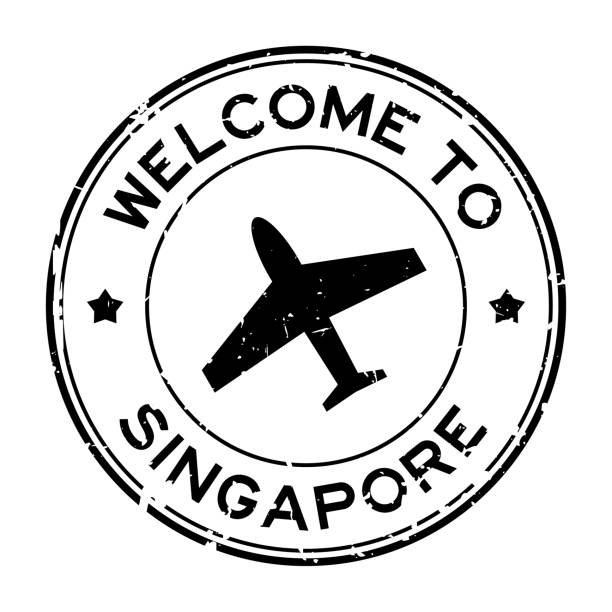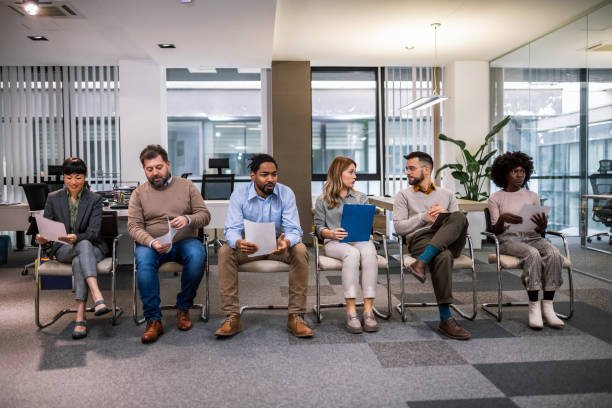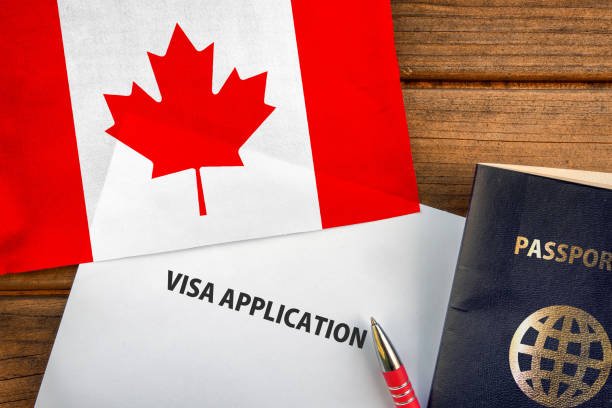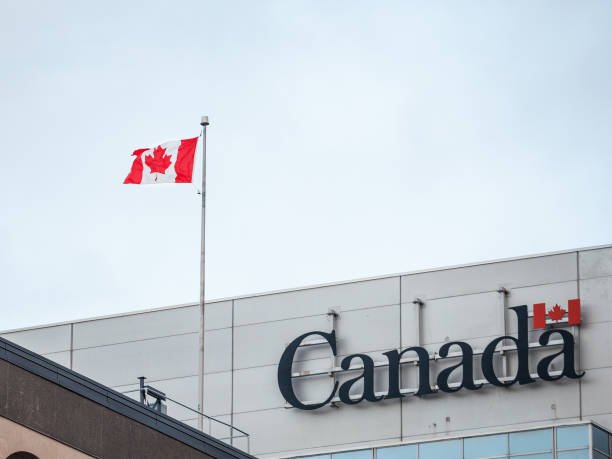Imagine arriving in Australia with a guaranteed job, a legal visa, and up to AUD $25,000 in sponsorship support. In 2025, that’s not just a dream, it’s a real opportunity for skilled and unskilled immigrants ready to contribute to one of the world’s most vibrant economies. Whether you’re a healthcare worker, a tradesperson, or an international graduate, Australia is investing in YOU. And in this post, I’ll break down exactly how to claim your spot.
Advertisement
AUD $25K Australia Visa Sponsorship for Immigrants in 2025: Opportunities You Can’t Afford to Miss
1. Why Australia Is Offering Visa Sponsorships Worth AUD $25K
1.1 Labor Shortages and Skill Gaps Are Driving Demand
In recent years, Australia’s economy has experienced a significant rebound, particularly after the disruptions caused by the COVID-19 pandemic. However, alongside this recovery, labor shortages across multiple sectors have become evident. To fill these urgent vacancies, the Australian government and private employers have increasingly turned toward immigration as a long-term solution.
Occupations in healthcare, construction, agriculture, hospitality, and IT have remained on the priority lists. As a result, sponsorship offers some valued at over AUD $25,000 have been provided to attract international talent. These incentives are intended to encourage not just temporary employment but also permanent settlement in Australia.
1.2 Regional Growth Has Been Prioritized by the Government
To distribute population growth more evenly and support regional development, the government of Australia has placed a strong focus on rural and low-population regions. Visa pathways such as the Subclass 494 and 491 have been created to attract immigrants outside the capital cities.
Advertisement
Employers in regional areas have been incentivized to sponsor foreign workers by offering financial packages covering travel, housing, and relocation expenses. It is in these areas that AUD $25K visa sponsorship offers have become increasingly common, especially for occupations experiencing acute shortages.
1.3 Immigration Is Seen as a Strategic Investment
Rather than merely filling jobs, immigration has been viewed as a strategy to boost productivity, support aging populations, and stimulate economic growth. Skilled migrants are believed to bring diverse expertise and innovative perspectives that enrich Australia’s workforce.
As part of this strategy, employers have been encouraged often with government support to invest in the relocation and settlement of new employees. This is why offers of AUD $10K, AUD $15K, or even AUD $25K are no longer rare in sectors where demand continues to rise.
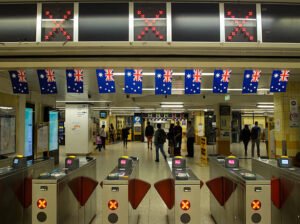
2. Who Is Eligible for the AUD $25K Sponsorship?
2.1 Skilled Occupations in High Demand
Most visa sponsorships worth AUD $25K are linked to skilled roles that are listed on the Medium and Long-term Strategic Skills List (MLTSSL). This list is regularly updated by the Australian government based on labor market needs.
Examples of eligible occupations include:
- Registered Nurses
- ICT Business Analysts
- Electricians and Plumbers
- Civil Engineers
- Chefs and Cooks
- Early Childhood Teachers
Applicants for these roles are usually expected to hold qualifications that meet Australian standards and have relevant work experience. A formal skills assessment by an approved assessing authority is often required.
2.2 Unskilled or Low-Skilled Workers in Regional Areas
Although skilled roles dominate, some unskilled and semi-skilled occupations have also been supported with visa sponsorships, particularly in regional industries such as agriculture and hospitality.
Jobs like fruit picking, cleaning, caregiving, and kitchen assistance have been sponsored under specific labor agreements or regional programs. In some cases, group employers (like labor hire companies) have offered support packages including relocation bonuses reaching AUD $25K or more.
2.3 Graduates from Australian Institutions
International students who complete their studies in Australia are given favorable consideration for employment and sponsorship, particularly if they graduate from universities in regional areas.
Graduates can apply for the Temporary Graduate Visa (Subclass 485) and transition into sponsored roles. Employers have been more willing to invest in recent graduates who are already familiar with Australian work culture and have local credentials. Sponsorship amounts for these candidates are often applied to tuition reimbursement, relocation to regional jobs, or postgraduate work placements.
3. Types of Visas Eligible for AUD $25K Sponsorship Support
3.1 Subclass 482 – Temporary Skill Shortage (TSS) Visa
This visa has been created to allow employers to fill job vacancies when suitable Australian workers are unavailable. The Subclass 482 visa is one of the most popular employer-sponsored visa routes in 2025.
Eligible workers may be sponsored for short-term (up to 2 years) or medium-term streams (up to 4 years), depending on the occupation. Sponsorship support packages valued at AUD $25K have often been associated with this visa, particularly in sectors like IT, engineering, and healthcare.
3.2 Subclass 186 – Employer Nomination Scheme (ENS)
The Subclass 186 visa allows for permanent residency through employer nomination. It has been used primarily for high-skilled roles requiring advanced qualifications and several years of work experience.
Employers offering sponsorship under this category tend to provide larger support packages. These often include:
- One-way flights for the worker and family
- Initial accommodation costs
- Legal fees for visa application
- Relocation assistance and car hire
3.3 Subclass 494 – Skilled Employer Sponsored Regional (Provisional) Visa
This visa has been designed to promote settlement in regional areas. It allows skilled workers to live and work in designated regional areas for up to five years, with a pathway to permanent residence after three years.
Regional employers offering this visa have commonly provided support packages worth AUD $25K, especially in industries like agriculture, aged care, and education. The support may include incentives to encourage long-term regional settlement.
3.4 Subclass 407 – Training Visa
The Training Visa (Subclass 407) enables overseas workers to participate in workplace-based occupational training. It serves as a stepping stone toward full-time sponsored roles.
Although not commonly associated with large cash sponsorships, training visas have occasionally been bundled with support programs worth AUD $10K–AUD $15K, especially when linked to critical shortage occupations.
4. How to Find a Sponsor Offering AUD $25K or More
4.1 Use Government-Endorsed Job Platforms
The Australian Government’s official job portal “Workforce Australia” has been frequently updated with openings from employers willing to sponsor foreign workers. These listings may include relocation incentives or financial assistance.
Employers listed on the Register of Approved Sponsors can also be verified through the Department of Home Affairs website. Only employers on this list are authorized to sponsor foreign nationals under Subclass 482 or Subclass 186 visas.
4.2 Work With Recruitment Agencies Specializing in International Hiring
Agencies such as Hays Australia, Randstad, and Michael Page have been contracted by regional governments and major employers to find overseas talent. Many of these agencies advertise roles with relocation packages built into the offer.
Job seekers are advised to upload well-structured CVs, create profiles, and actively contact recruiters who are experienced in handling sponsorships.
4.3 Explore High-Paying Job Boards Like SEEK and LinkedIn
Websites like SEEK.com.au, Indeed Australia, and LinkedIn are actively used by employers looking for international workers. Job postings that mention “482 visa sponsorship available,” “relocation bonus included,” or “international applicants welcome” should be prioritized.
Keywords to use when searching include:
- “Visa Sponsorship”
- “Relocation Support”
- “Regional Employment + Visa”
- “Employer Nomination”
5. What the AUD $25K Support Covers
5.1 Travel and Flight Reimbursements
Under many sponsorship arrangements, international workers are reimbursed for their airfare and travel costs. Flights for the principal visa holder, as well as eligible family members, are often covered. Depending on the agreement, reimbursements can either be processed after arrival or paid in advance by the employer.
In most cases, the employer arranges and pays for a one-way economy flight from the applicant’s country of residence to the city or region in Australia where the job is located.
5.2 Temporary Housing Support
Upon arrival, it has been common for sponsored workers to be provided with short-term accommodation ranging from 2 weeks to 3 months. This may come in the form of serviced apartments, company-leased flats, or hotel accommodations. The goal is to ease the initial transition period and allow workers to search for long-term housing without stress.
Some employers additionally provide relocation specialists who assist with property inspections, lease agreements, and utilities setup.
5.3 Relocation Assistance
Many support packages have included relocation funds to cover costs such as:
- Shipping personal belongings
- Purchasing work uniforms or equipment
- Ground transportation or airport pickup
- Relocating dependent family members
In regional areas, bonuses have been paid to help offset the higher costs of moving to remote locations. Some workers have been offered a direct cash payment or lump sum between AUD $5K to $15K for this purpose.
5.4 Training and Licensing Fees
For occupations that require Australian licensing or registration, such as electricians, nurses, and teachers sponsoring employers may cover these fees. English test preparation, local certification courses, or bridging programs are often funded.
This part of the AUD $25K package is aimed at helping workers meet local standards quickly so they can begin employment with minimal delay.
6. Application Process – Step by Step
6.1 Step 1: Identify a Suitable Occupation
The process begins by verifying whether the applicant’s occupation is listed on Australia’s Skilled Occupation Lists (MLTSSL or ROL). Occupation lists vary depending on the visa subclass. This step is critical because visa eligibility is tightly connected to the occupation’s demand level and skill classification.
Official websites such as immi.homeaffairs.gov.au should be consulted for the latest updates.
6.2 Step 2: Update CV and Credentials
A professional CV formatted in Australian style should be prepared. It must include:
- Recent work history
- Detailed responsibilities and achievements
- Relevant skills
- Referees (with contact information)
Applicants should also gather transcripts, qualification certificates, references, and licenses. In many cases, documents must be translated into English and certified by a notary or legal authority.
6.3 Step 3: Apply to a Recognized Sponsor
Applications should be submitted directly to companies or agencies offering jobs in Australia. Priority should be given to employers listed as approved sponsors by the Department of Home Affairs. Only these sponsors are eligible to nominate workers for Subclass 482, 186, or 494 visas.
Employers willing to provide AUD $25K in sponsorship generally advertise this clearly in job descriptions or through associated recruitment firms.
6.4 Step 4: Undergo Skills Assessment (If Required)
Depending on the occupation, a skills assessment may be needed. This assessment is carried out by an approved authority (e.g., TRA, VETASSESS, ANMAC) to determine if the applicant’s experience and education match Australian standards.
The assessment must typically be completed before lodging the visa application and may take several weeks to finalize.
6.5 Step 5: Submit Nomination and Visa Application
Once a job offer is received, the employer submits a nomination to the Department of Home Affairs. Simultaneously, the applicant files their visa application online through ImmiAccount.
Supporting documents, health checks, police clearance, and evidence of English language ability are usually required. The process must be handled carefully to avoid delays or refusals.
6.6 Step 6: Attend Interview or Biometric Appointment (If Required)
For some visa subclasses, interviews may be conducted by immigration officers or the sponsoring employer. Biometrics (fingerprints and photo) may also be collected at a visa center in the applicant’s country.
Once completed, visa approval may take 1 to 3 months, depending on the visa class and applicant’s profile.
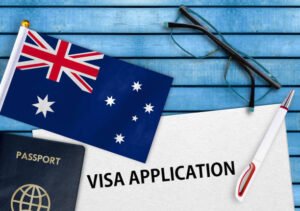
7. Common Mistakes to Avoid
7.1 Applying to Non-Approved Sponsors
One of the most frequent reasons for delay or rejection is submitting applications to employers who are not registered sponsors. Always verify that the employer is on the approved sponsor list.
This list can be found via the Register of Sponsors.
7.2 Ignoring Regional Occupation Requirements
For regional visa categories such as Subclass 494, specific occupations must match the Regional Occupation List (ROL). Submitting an application for an occupation that is not listed or not needed in that area often results in rejection.
7.3 Not Meeting English Language Requirements
A minimum level of English is required for most employer-sponsored visas. Test results from IELTS, PTE, TOEFL, or OET must be valid and meet the score required by the Department of Home Affairs.
Applications are often delayed or declined due to missing or expired language test results.
7.4 Submitting Incomplete Documentation
All required documents, including work history, education, police checks, and identity verification, must be included. Missing or improperly certified documents frequently lead to refusal or long processing times.
8. Living and Working in Australia on a Sponsored Visa
8.1 Average Cost of Living vs Salary
While salaries in Australia are high, the cost of living can also be significant. However, sponsored workers tend to earn wages that exceed average national earnings.
Typical Monthly Expenses (Single person, Sydney):
- Rent: AUD $1,600
- Food and groceries: AUD $500
- Public transport: AUD $160
- Health insurance: AUD $100
- Utilities and internet: AUD $250
Sponsored workers earning AUD $80,000 or more annually are able to live comfortably, especially if relocation support is provided.
8.2 Work Rights and Employee Protections
Sponsored visa holders are entitled to the same workplace protections as Australian citizens. These include:
- Minimum wage compliance
- Safe working environments
- Protection from unfair dismissal
- Superannuation (retirement savings contributions)
Workplace disputes may be resolved through the Fair Work Ombudsman, which offers free legal advice and support.
8.3 Family Sponsorship and Benefits
Most employer-sponsored visa categories allow the principal applicant to bring dependents (spouse and children). Dependents are granted full work and study rights in Australia.
Family relocation costs are often included in the AUD $25K sponsorship package, particularly for permanent roles. Access to Medicare (public healthcare) and public education is provided to eligible visa holders and their families.
8.4 Pathways to Permanent Residency and Citizenship
Employer-sponsored workers may transition to permanent residency through:
- Subclass 186 (Direct Entry Stream)
- Subclass 191 (after holding a 494 visa for 3 years)
- General Skilled Migration (if points criteria are met)
After holding permanent residence for four years (with at least one year as a PR), applicants may become eligible for Australian citizenship.
9. Real Success Stories
9.1 Filipino Nurse Sponsored by Rural Hospital
A registered nurse from the Philippines accepted a role in a Queensland hospital under the Subclass 186 visa. Her employer covered flight tickets for her and her husband, paid for three months of accommodation, and reimbursed licensing fees. In total, she received support worth AUD $24,500. After two years, she received permanent residency.
9.2 Nigerian Bricklayer Migrates Through Subclass 494
A skilled tradesman was recruited to work in a construction project in regional Western Australia. The employer offered AUD $10K upfront for flights and accommodation, plus an annual relocation bonus. Within three years, he qualified for PR and brought his family over.
9.3 Indian Software Developer Transitions from 482 to PR
Initially hired by a Sydney-based tech company under Subclass 482, the developer received relocation support, equipment setup, and training worth AUD $18K. After two years, the employer nominated him for a 186 PR visa. His wife also found employment, and their children enrolled in public schools.
10. Final Tips and Resources
10.1 Government Resources
- Department of Home Affairs
- Workforce Australia
- MySkills – Training and course directory
- Migration Institute of Australia – For finding registered agents
10.2 Trusted Job Platforms
- SEEK.com.au
- Indeed Australia
- JobSearch.gov.au
10.3 Tips for Applicants
- Tailor every CV and cover letter to each role
- Be honest and transparent in your application
- Follow up with employers and recruiters
- Prepare for interviews by researching the company
- Join expat forums for peer support
In Conclusion: Australia Is Investing in Your Future
A new chapter can begin in 2025 for immigrants willing to bring their skills and dedication to Australia. With visa sponsorship packages now reaching AUD $25,000, foreign workers are being empowered to relocate and build meaningful careers in one of the world’s most welcoming countries.
Whether skilled or semi-skilled, educated locally or abroad, there is room in Australia’s economy for talent that is ready to contribute.
The tools have been shared. The opportunities are real. The next move is yours.









